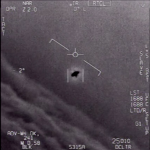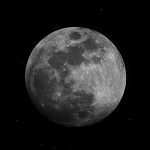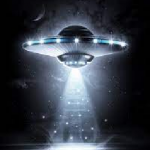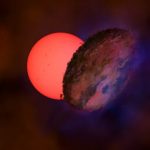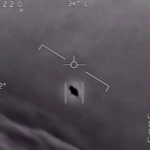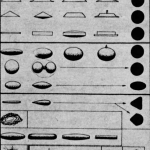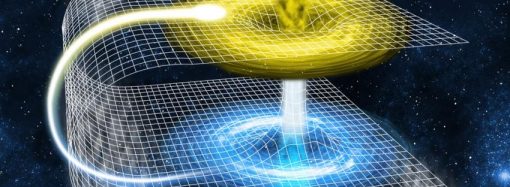LAST YEAR, reported sightings of unidentified flying objects increased in the US, Canada, and across the globe. In August, the Pentagon reported the formation of a task force intended to investigate UFO sightings. Recently, The New Yorker printed thirteen thousand words on the history of the US government’s approach to UFOs, in a piece titled “How the Pentagon started taking UFOs seriously.” The article explored the nature of consensus, taboo, and our collective willingness to suspend disbelief. After the publication of the New Yorker piece, The Ringer asked its author, Gideon Lewis-Kraus, whether he believed in the possibility of extraterrestrial life (he didn’t commit to a simple yes-or-no answer). Forbes wrote, “The Media is taking UFOs seriously. Should we?”



